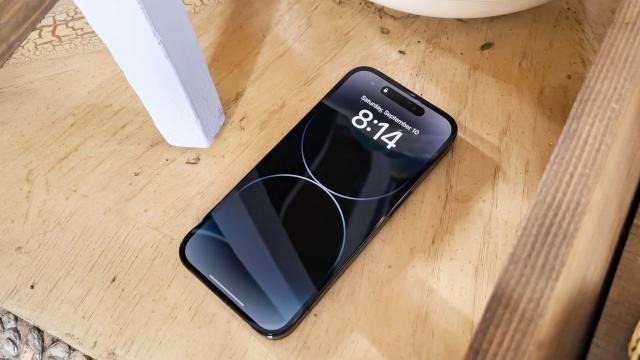Could the always-on display feature expand to iPhones?

Could we see the standard iPhone adopt an always-on display?
There’s been widespread anticipation for the iPhone 15 to include an always-on display, aligning with the feature integrated into Apple’s Pro models a year ago. However, as the Apple September event approaches, there’s a noticeable absence of rumors suggesting this addition might come to fruition.
Recall that the always-on display was introduced exclusively to the iPhone 14 Pro and iPhone 14 Pro Max last year. While expectations are for the iPhone 15 Pro and iPhone 15 Pro Max to maintain this feature, it seems the more affordable models might lack the necessary screen enhancements to support it.
Let’s explore further into what’s known about the iPhone 15 and the prospects of an always-on display, shedding light on why it’s becoming increasingly improbable as the launch date on September 12 approaches.
The Always-On Display on the iPhone 14 Pro
At present, the always-on display feature is confined to the iPhone 14 Pro and iPhone 14 Pro Max, marking the first instance of iPhones incorporating this functionality. Notably, the Apple Watch was the initial Apple product to introduce AOD capabilities.
For iPhones with always-on display (AOD) support, when your phone is locked, they will display a simplified version of your lock screen, showcasing your wallpaper, notifications, clock, and widgets. Tapping the display switches from AOD mode back to your regular lock screen for normal interaction with the iPhone.
Customization options are available in the Settings menu, allowing you to darken your wallpaper, disable the always-on display, or set different behaviors based on the selected Focus Mode.
What’s Ahead for the iPhone 15?
There’s currently no indication of extending this feature to other devices with the iPhone 15. With less than a week before the iPhone 15 launch event, the absence of information disappoints fans of the Always-On Display (AOD).
This lack of news isn’t entirely unexpected, considering reports that standard and Plus models won’t incorporate 120Hz LTPO displays until 2025. The absence of an LTPO screen, crucial for enabling the variable refresh rate necessary for AOD without excessive battery consumption, makes integrating it into the basic 60Hz iPhone potentially draining on battery life.
This revelation is disheartening, not just because of the value of AOD itself, but also due to the upcoming iOS 17 update, anticipated around the iPhone 15 release. iOS 17 will introduce new features, including a StandBy mode, expected to debut roughly in sync with the iPhone 15.


